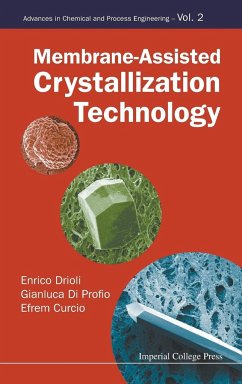Modified electrodes are a very active area of electrochemistry, with multiple and widespread uses. They are a central component in many electrochemical devices, in which usually a thin membrane covers the electrode, as in Proton Exchange Fuel cells. Thus, understanding the structure and molecular processes at electrode/membrane interfaces constitutes an important issue for an efficient development of these devices. In this work, Nafion® coated Pt(111) electrodes were studied and experimental results were explained in light of two different theoretical approaches. Initially, the structure and dynamics of the electrode/SPE interface was described in terms of the acid/base equilibrium and the different mobility of membrane ionic groups. The model extends the conceptual framework for the interpretation of CVs for these systems and the general theory for electrified interfaces. Additionally, it provides a tool towards the understanding of the electrocatalytic activity on modified electrodes.
Bitte wählen Sie Ihr Anliegen aus.
Rechnungen
Retourenschein anfordern
Bestellstatus
Storno








